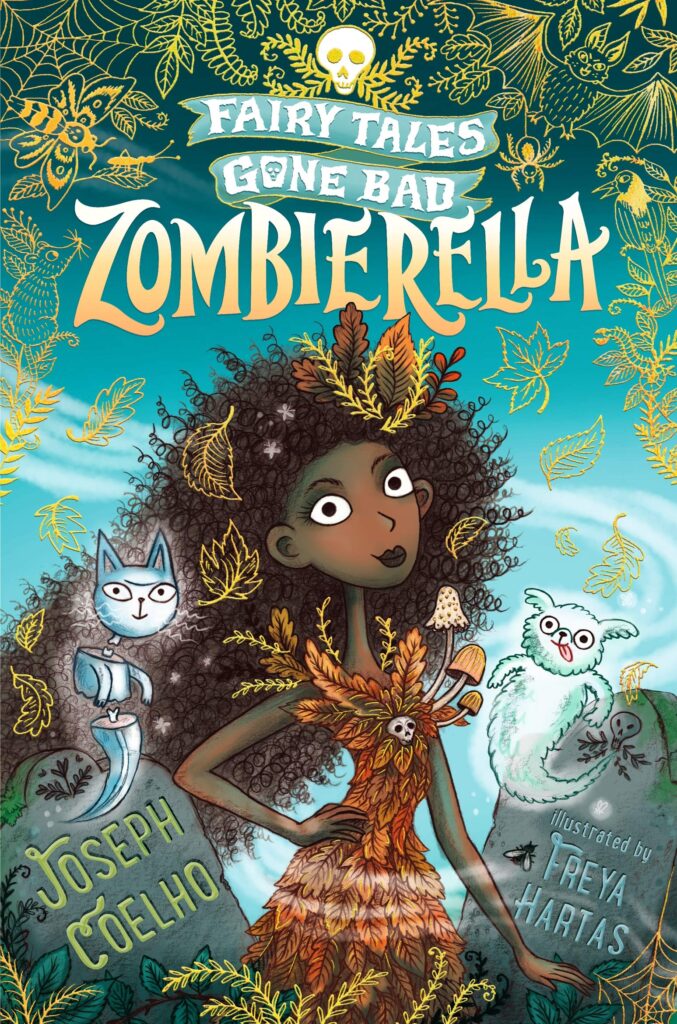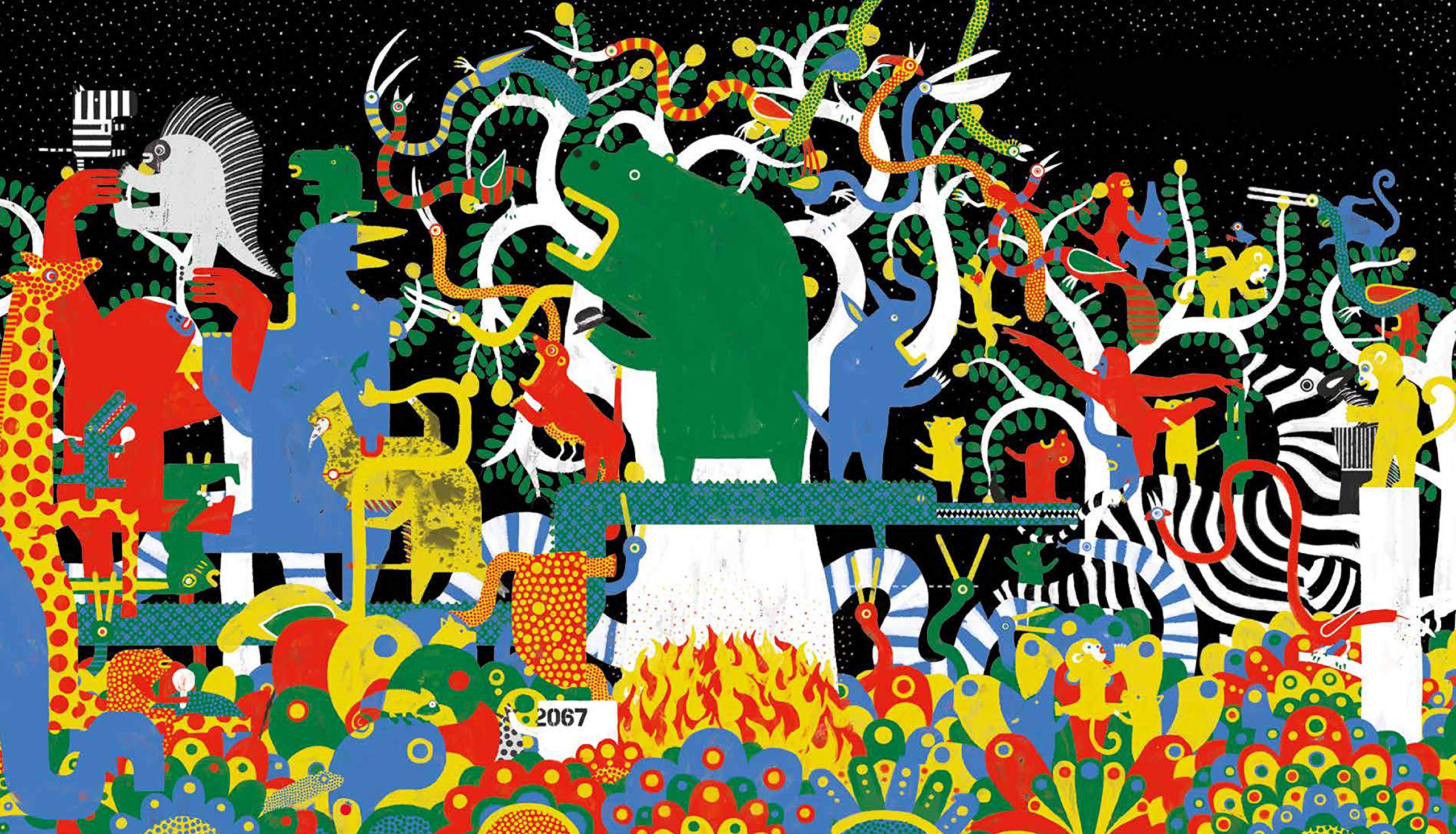Subject: English, Citizenship
Age Group: All ages
Topic: Fairy Tales
Synopsis: Looking at alternative versions of familiar tales is a starting point for creative writing, enabling children to examine the structure of a story, predict outcomes and consider characters before devising plot twists of their own. Alternative versions of fairy tales can help children understand how the stories came to be told, how they are passed down through generations and how they change over time, writes Gillian Harris.

Gillian Harris, MBE
Tower Hamlets SLS
Librarian’s view:
The concept of reimagining traditional fairy tales is not new – Jim and the Beanstalk was published by Raymond Briggs way back in 1973 and Roald Dahl wrote his Revolting Rhymes in 1982 and there have been many more along the way. Here are some newer offerings about Goldilocks, Cinderella and Little Red Riding Hood.
Quite often, reimagined stories portray characters in a stronger light or ask the reader to question whether marriage should be the ultimate goal for girls. A number introduce an environmental theme to the story. Using a story or character that is familiar helps get a message across, as with #Goldilocks, while some are just for fun.
There are an amazing range of stories from around the world. Cinderella appears in many cultures and an analysis of all the different versions could be a study in itself. Using stories from other cultures can boost the self-esteem of children from those countries in your class as well as enable all children to get a sense of the world and help you celebrate global citizenship.

Goldilocks

Goldilocks in Space
by Peter Bently
A futurist addition to the range of alternative settings for a Goldilocks’ tale – every planet Goldilocks arrives at is either too cold, too hot, too slimy or too full-of-aliens – will she ever find one that is just right? Told in rhyme, the environmental message, to look after one’s own planet, can used with KS1 and KS2. Note: Snow White in Space, with a STEM theme, is due out in September 2021.

#Goldilocks: a Hashtag Cautionary Tale
by Jeanne Willis and Tony Ross
Goldilocks creates hilarious videos which she posts online and get lots of “likes”, but she wants more laughs and more likes so devises more daring escapades, such as stealing porridge and breaking chairs. Following on from Chicken Clicking and Troll Stinks, this is another cautionary tale for the young internet user on the perils of going too far to seek the approval of one’s peers. Use it with any age children to discuss at different levels the pitfalls of too much internet and social media use.

Some other Goldilocks stories you might enjoy:
- Goldilocks and the three bears: a tale moderne by Steven Guarnaccia. Uses the traditional story to introduce modernist art and furniture from the 1950s.
- Rolling Along with Goldilocks and the Three Bears by Cindy Meyers. Goldilocks learns about disability when she encounters Baby Bear in a wheelchair.
- Eat your Greens, Goldilocks by Steve Smallman. A healthy eating version of Goldilocks.
- Me and You by Anthony Browne. The familiar tale told in an urban setting, with text and dialogue from the bears and Goldilocks’ story told with wordless surrealist pictures.

Cinderella

Cinderella of the Nile
by Beverley Naidoo
There are versions of Cinderella from around the world and this is a beautiful retelling of one of the earliest-known versions of Cinderella by a master storyteller. It tells the story of Rhodopis, a Greek girl sold into slavery by bandits and taken to Egypt. Along the way she becomes friends with the storyteller Aesop and three other servants are jealous when her master gives her a pair of beautiful rose-red slippers – slippers which eventually lead her to the King of Egypt.

Zombierella: Fairy Tales Gone Bad
by Joseph Coelho
The stuff of nightmares – or of delicious glee? Zombies thrill and delight every generation and here Joseph Coelho has hilariously reimagined Cinderella as a revenge-seeking monster hunting down her three fake sisters in this story in verse. No morals, no deep internal meaning – just good fun and a lesson in creative writing.

Some other Cinderella stories you might enjoy:
- Anklet for a Princess: a Cinderella story from India by Lila Mehta. Godfather Snake dresses Cenduri in finery to meet the prince.
- Cendrillon: a Cajun Cinderella by Sheila Hebert-Collins. Smatterings of French in this retelling set in the American South.
- The Way Meat Loves Salt: a Cinderella Tale from the Jewish Tradition by Nina Jaffe. Banished from home and taken in by as a beggar girl by a Rabbi’s family, Mireleh wants to go to the family wedding.

Little Red Riding Hood

Red and the City
by Marie Voigt
Little Red Riding Hood moves to the city to discover that finding your way to grandmother’s house is just as hard, if not harder than through the forest. It also has far more distractions from modern life along the way – fast food restaurants and mobile phone screens to skyscrapers. This can be read at many levels, from a simple retelling of Little Red Riding Hood set in the city, to a metaphor for following the road to your dreams and avoiding temptations along the way.

The Last Wolf
by Mini Grey
A thought-provoking twist to the tale of Little Red Riding Hood as she searches the forest for wolves and discovers that the forest is not what it used to be, the animals and trees are disappearing and being replaced by houses and urban sprawl. A timely environmental tale that encourages the planting of more trees – use it to start a discussion of environmental issues with your class.

More Little Red Riding Hood stories to explore:
- Very Little Red Riding Hood by Teresa Heapy. Very Little Red is off to grandma’s for a sleepover and is not scared of any wolves she happens to meet on the way.
- The Wolf’s Story by Toby Forward. Wolf is an odd job man and vegetarian: this is his version of what happened.
- Little Red: a Fizzingly Good Yarn by Lynn Roberts. A boy version of the tale, with a bit of toilet humour, set in the 18th century and with a couple of references to Cinderella.
- Petite Rouge: a Cajun Red Riding Hood by Mike Artell. Definitely needs to be read with a French accent in this version with a big bad alligator taking the place of the wolf.

Other Stories

Quill Soup
by Alan Durant
This is a South African version of Stone Soup that celebrates generosity, kindness and belonging. Noko the porcupine arrives in a remote jungle village and, on being met with closed doors and unkindness, realises he has to fend for himself, and in doing so, teaches the other animals the true nature of hospitality. It’s vividly illustrated by Dale Blankenaar who uses art from West Africa, Tanzania and Burkino Faso as an inspiration, so with every reading you will discover more stories and nuances within the pictures.

Old Mother Hubbard’s Dog Dresses Up
by John Yeoman and Quentin Blake
A book republished after two decades and still as funny as ever. In this lively and mischievous poem from John Yeoman, fantastically illustrated in his inimitable style by Quentin Blake, Mother Hubbard’s dog decides to spruce himself up and adopts a variety of disguises and styles, much to Old Mother Hubbard’s despair. You can get children deciding, creating, drawing more disguises, or inventing dialogue between Mother Hubbard and her dog.

After the Fall
by Dan Santat
Poor Humpty Dumpty – the King’s Men did put him back together again, but there are some parts that can’t be healed with bandages and glue. Now Humpty Dumpty is scared of heights and can no longer enjoy doing the things he used to enjoy. Join Humpty on his quest to conquer his fears…

